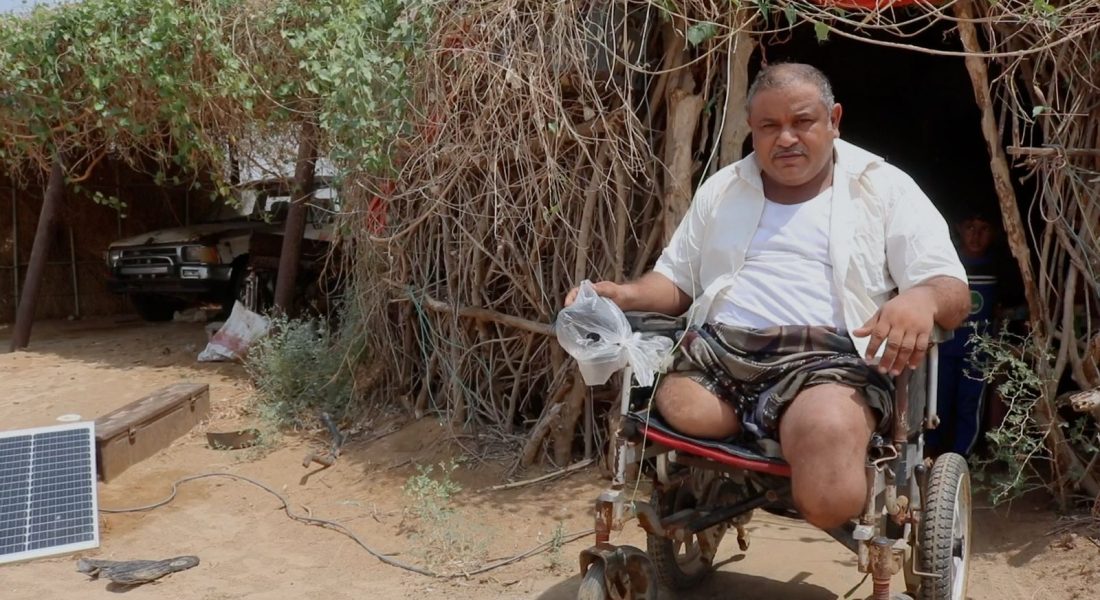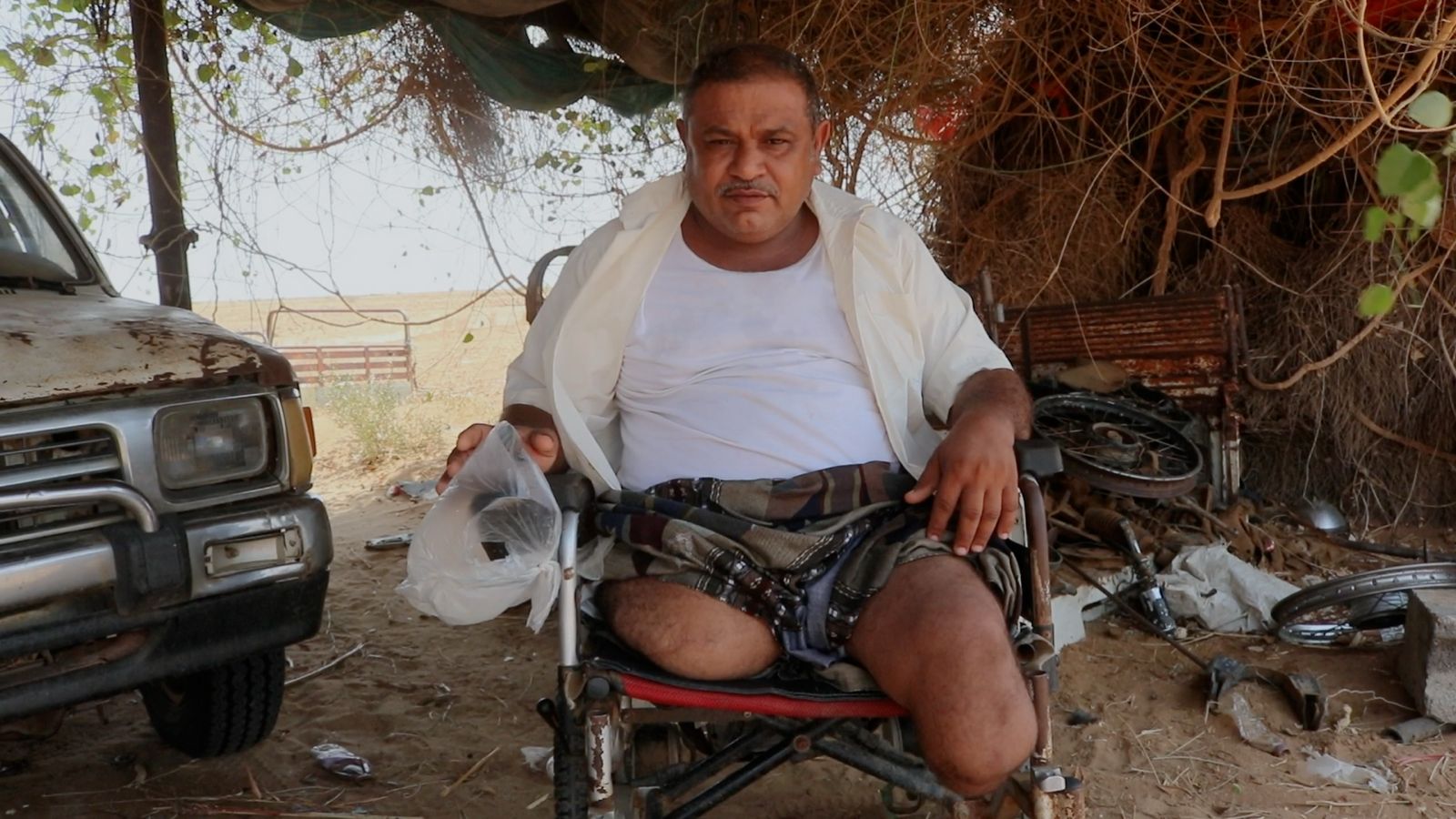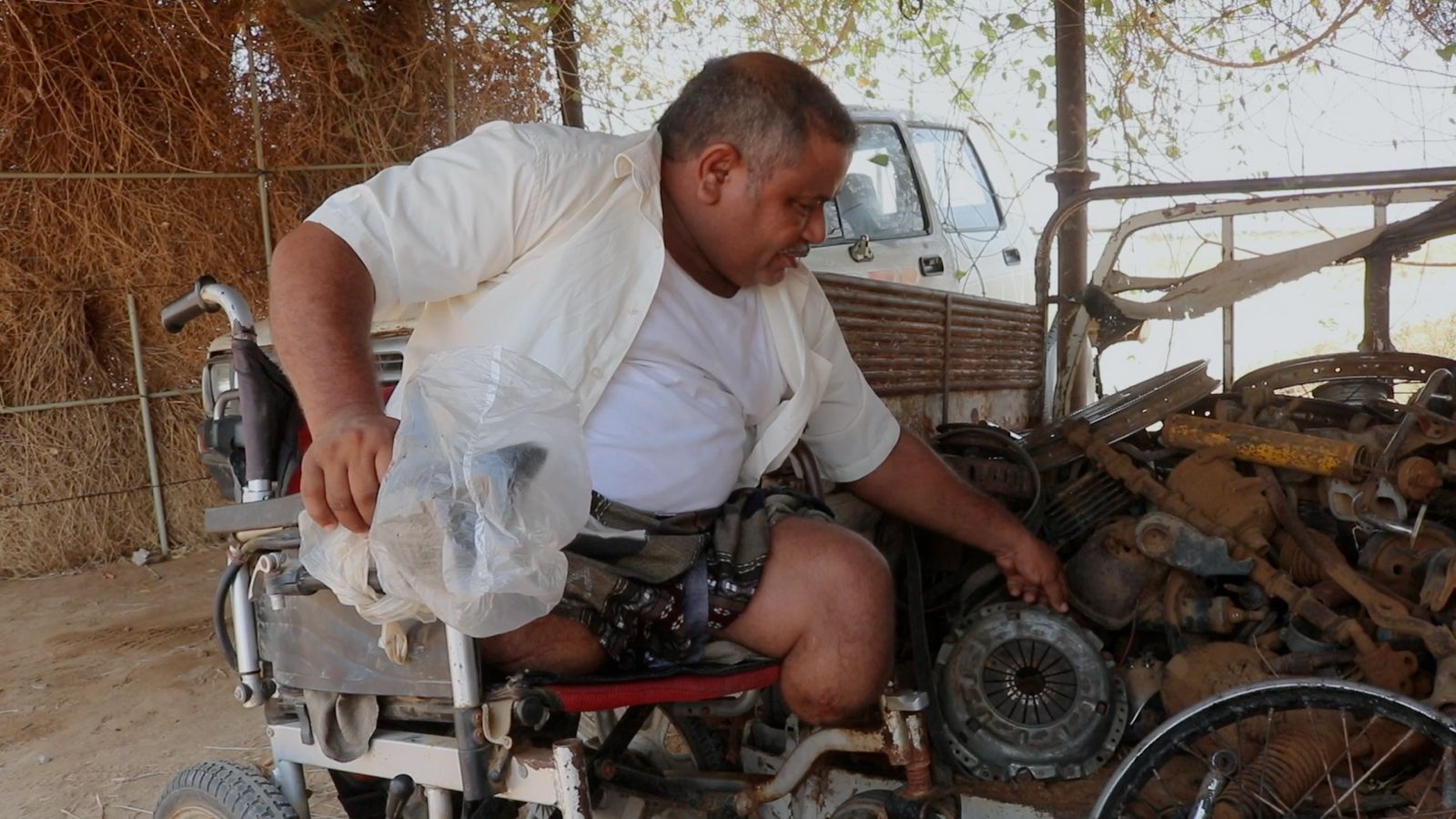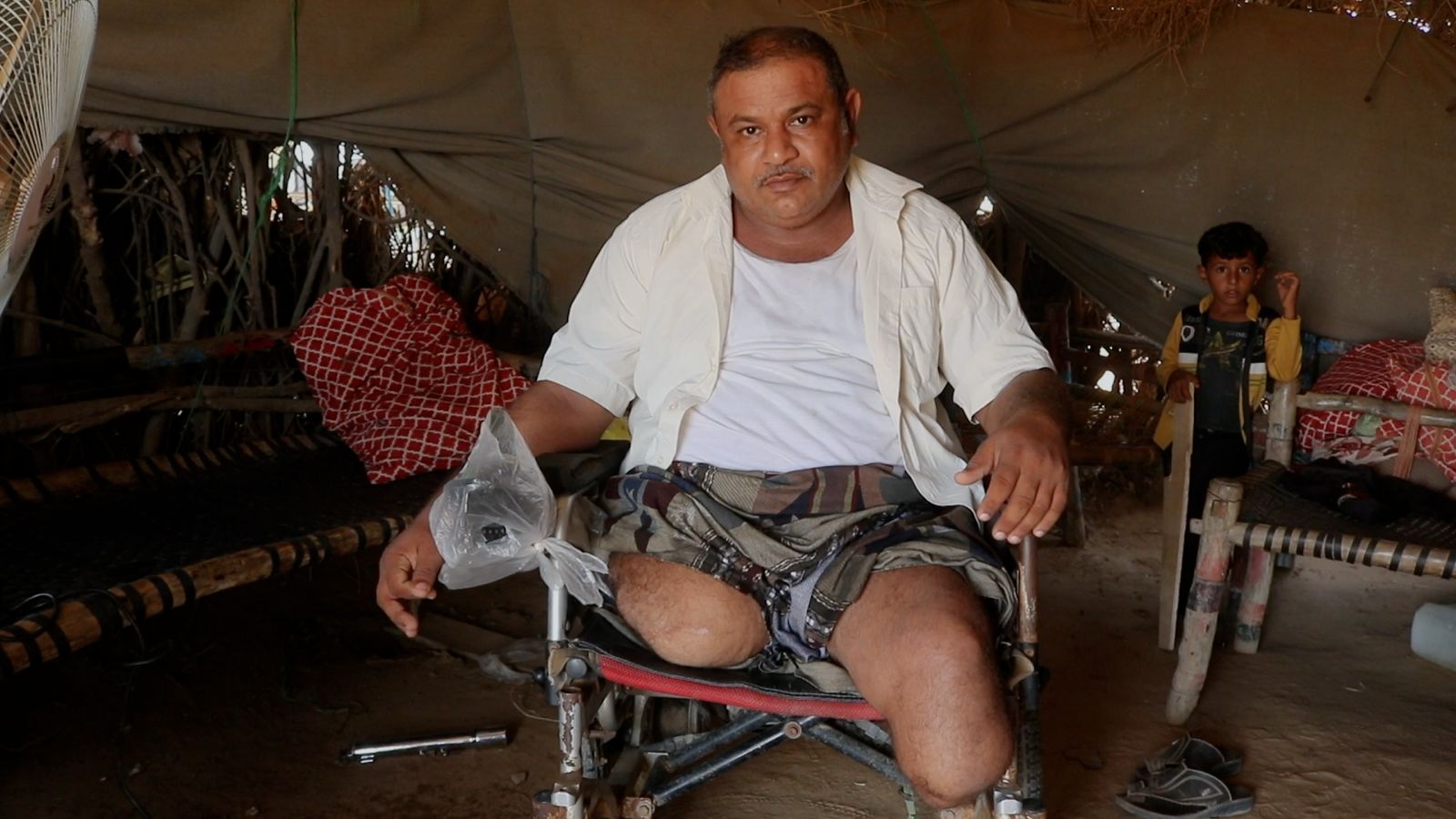On 2 April 2020, mechanical engineer Khamaj Abkar returned to his home and farm in the village of Al-Khadra, located in the Hiran district of Hajjah governorate, Yemen. His return was a hopeful step toward reclaiming a stable life after more than four years of displacement caused by the ongoing Yemeni Civil War. However, this moment of optimism was shattered by a devastating incident that reflects the broader tragedy faced by civilians in this conflict-ridden region.
Hajjah governorate, perched on Yemen’s northernmost border with Saudi Arabia, occupies a strategically vital position. The governorate lies at the crossroads of the rugged, mountainous terrain to the south and the flat Tihama coastal plain stretching northward toward the Red Sea. Hiran district, in the northern part of Hajjah, has been particularly affected due to its position along key routes used by warring factions. Since the nationwide escalation of the Yemeni Civil War in 2015, Hiran has been a flashpoint for repeated clashes between Houthi forces, aligned with the Ansar Allah movement, and opposing groups, including the internationally-recognised Yemeni government forces backed by the Saudi-led coalition.
The conflict in Hiran has been marked by intense fighting, with the district’s strategic location making it a focal point for control over access routes and supply lines. Houthi forces have frequently employed landmines, improvised explosive devices (IEDs), and other explosive remnants of war (ERW) as tools of area denial. These devices are strategically placed along approach roads, access tracks, and the perimeters of civilian settlements to impede the movement of advancing coalition forces, disrupt local communities, and instill fear among residents and displaced persons attempting to return. In Hiran, the widespread use of landmines has transformed daily life into a perilous endeavour, with unseen threats lurking in fields, homes, and public spaces. The United Nations and humanitarian organisations have reported that Yemen, including areas like Hiran, has become one of the most heavily mined countries in the world since the conflict’s escalation, with thousands of civilians killed or injured by such devices.
For Khamaj Abkar and his family, the war had forced them to flee their home in Al-Khadra, leaving behind their farm and livelihood. The Hiran district, like much of Hajjah, saw significant displacement as civilians sought safety from the relentless violence. By 2020, tentative lulls in fighting allowed some displaced families to return, hoping to rebuild amidst the devastation. Abkar’s return was driven by this same hope—to restore his farm, resume his work as a car mechanic, and provide stability for his family.
Tragically, his aspirations were cut short. Unbeknownst to him, Houthi forces had planted explosives inside his home before withdrawing from the area. While inspecting his property, Abkar triggered one of these hidden devices. The explosion caused catastrophic injuries, severing both of his legs and leaving him with a permanent disability.
Recounting the harrowing moment, Abkar said: “I was injured inside my farm, at my house. I had just stepped outside my room with a skewer in hand to spray the generator. When I struck it on the ground, an explosive device went off. Dust and smoke filled the air, and in that moment both of my legs were completely severed. Mines are scattered everywhere across the district: they have destroyed us and destroyed our lives.”
The impact of the blast extended far beyond physical injury. As a car mechanic, Abkar’s ability to work was severely compromised, affecting his family’s financial stability and living conditions. The psychological toll of the incident, coupled with the challenges of navigating life with a disability in a war-torn region with limited access to healthcare and rehabilitation services, added further strain. Hiran, like much of Hajjah, has faced significant challenges in accessing medical care due to damaged infrastructure, shortages of supplies, and the targeting of health facilities during the conflict. For landmine survivors like Abkar, specialised care such as prosthetics or physical therapy is often unavailable or prohibitively expensive.
Despite these hardships, Abkar’s resilience shines through. He continues to practice his profession as a mechanical engineer, adapting to his disability with remarkable determination.
“I used to work as a car mechanic, and although my work was affected, as well as the psychological and living conditions of my family, I still practice my profession as an engineer despite the difficulties and challenges caused by my disability,” he explained. His perseverance highlights the strength of civilians in Hiran and across Yemen, who strive to rebuild their lives under extraordinarily difficult circumstances.
Abkar’s story is not unique but part of a broader pattern of suffering in Hiran and northern Hajjah. The Houthi militia’s use of landmines and IEDs has left a deadly legacy, with countless devices still scattered across the region. These explosives pose an ongoing threat to civilians, particularly farmers and returnees like Abkar, who rely on their land for survival. In Hiran, the agricultural economy, which is central to the livelihoods of many residents, has been severely disrupted by the presence of mines, which render fields and villages unsafe. The scale of contamination remains overwhelming – worsening the already stark humanitarian crisis.
By 2020, Hiran was among the areas in Hajjah with the highest levels of food insecurity and displacement, with many residents relying on humanitarian aid to survive. The combination of active conflict, landmine contamination, and economic collapse has created a vicious cycle, trapping communities in a state of perpetual vulnerability.
Abkar’s experience underscores the human cost of the war in Hiran and the enduring impact of landmines on civilian lives. His determination to continue his work as a mechanic, despite his injuries, reflects the resilience of Yemen’s people in the face of unimaginable hardship. Yet, his story also serves as a stark reminder of the urgent need for comprehensive demining efforts, increased humanitarian support, and a lasting resolution to the conflict to ensure that civilians in Hiran and beyond can return to their homes and rebuild their lives without fear.




